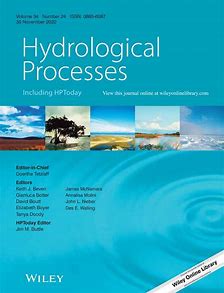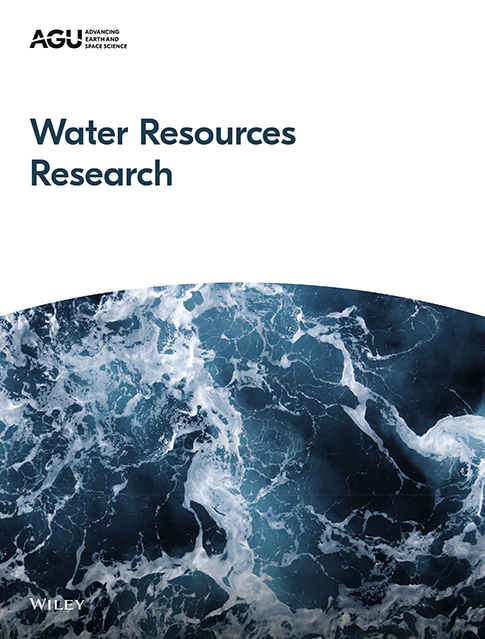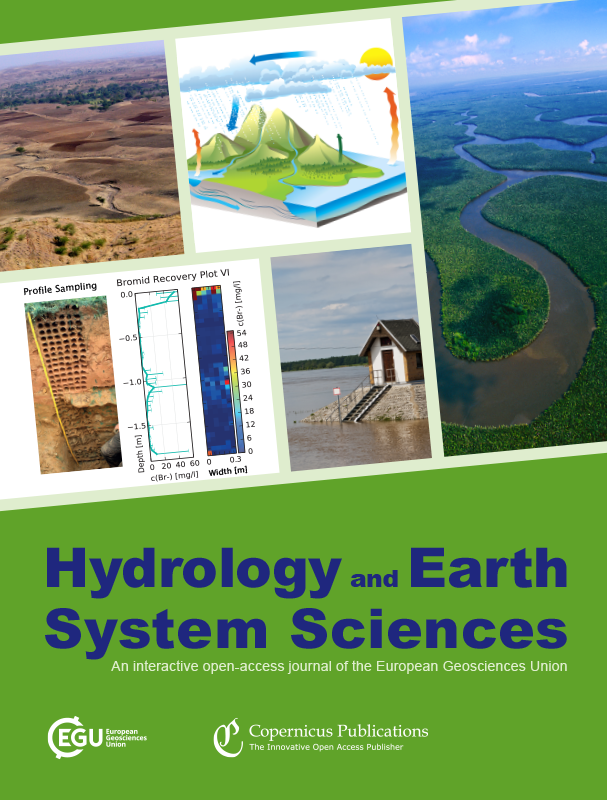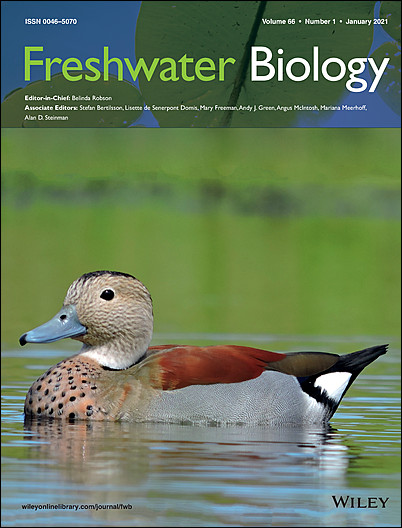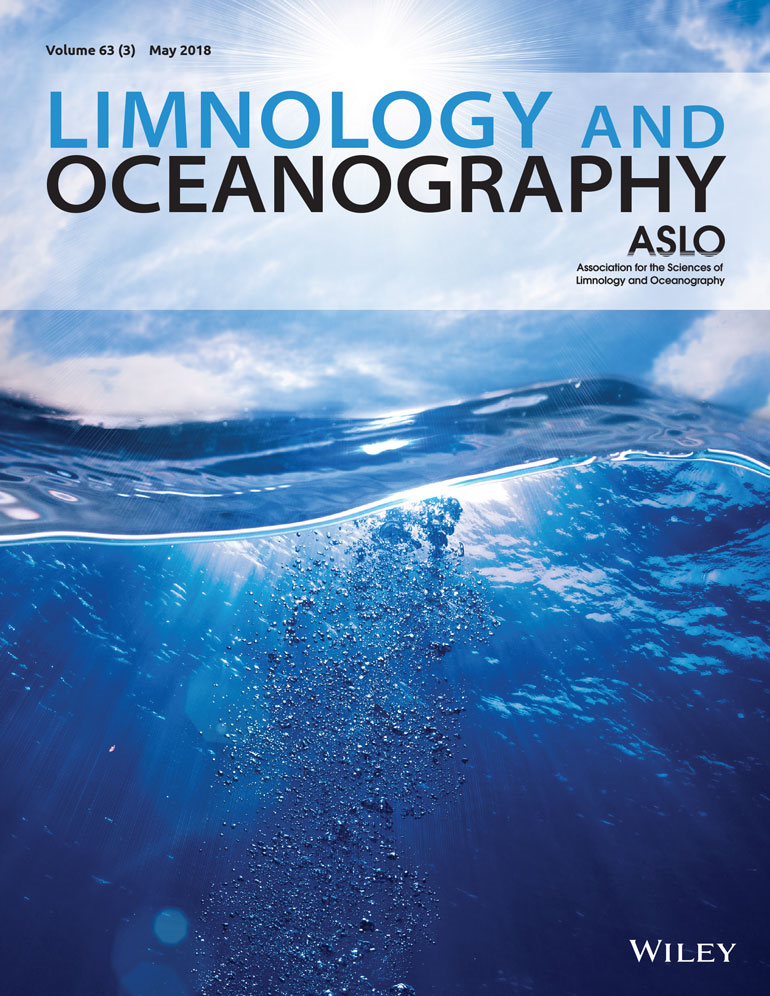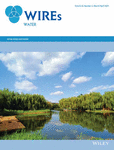- Programme area:3) Dimensions of Complexity of Aquatic Systems
Urban Hydrological Connectivity and Response Patterns Across Timescales: An Integrated Time-Frequency Domain Analysis
The authors investigated the interconnections of rainfall, groundwater and stream flow in the Wuhle river in Berlin using autocorrelation, cross-correlation and time-frequency analyses of long-term data. Despite the strong influence of urban storm drainage, they showed a high degree of persistence of the groundwater signals.
Integral Modelling Approach for Hyporheic Exchange due to Porous Log Jams: Comparison With Experiments and Sensitivity Studies
Hydrological Connectivity Dominates NO3-N Cycling in Complex Landscapes – Insights From Integration of Isotopes and Water Quality Modeling
The authors integrated isotope-aided with N modelling to quantify the (dis)connection of different flow paths and related biogeochemical transformations, which is important for land and water management. Hydrological connectivity controls N transformations by regulating soil moisture and available NO3-N for processing from upstream inflows.
Towards sustainable lake restoration
Understanding ecohydrology and biodiversity in aquatic nature-based solutions in urban streams and ponds through an integrative multi-tracer approach
The authors used stable water isotopes, hydrochemistry and eDNA in a novel, integrated tracer-approach to show how ecohydrological interactions and biodiversity in urban aquaNBS are influenced by urban water sources and connectivity. The direct linkages between hydrology and microbial patterns are highlighted, illustrating the sensitivity of aquaNBS to anthropogenic and climate influences.

Hydrophilic Organic Compound Migration in Biochar-Amended Stormwater Filters with Dynamic Conditions and Varied Background Dissolved Organic Carbon Contents
Synergistic Oxidative Stress of Co-Occurring Cyanobacterial Bloom and Invasive Fish on an Endangered Macrophyte
Summer temperatures, autumn winds, and thermal structure under the ice in arctic lakes of varying morphometry
Microbial communities and fatty acid markers across acidification and eutrophication extremes in a river influenced by mining activities
The Unexploited Treasures of Hydrological Observations Beyond Streamflow for Catchment Modeling
Other hydrological data than streamflow have the potential to improve process consistency in hydrological modeling and consequently for predictions under change. The authors review how storage and flux variables are used for model evaluation and calibration; improving process representation.


